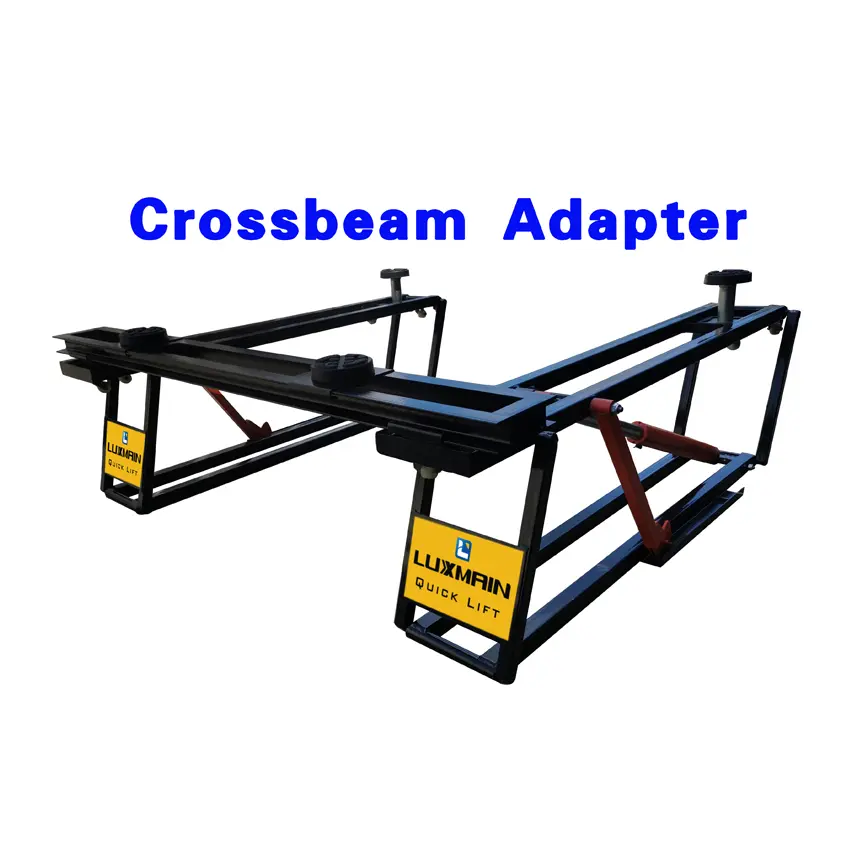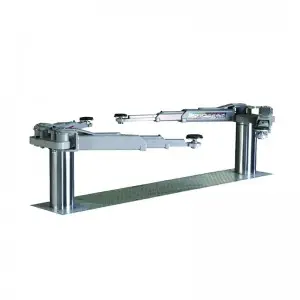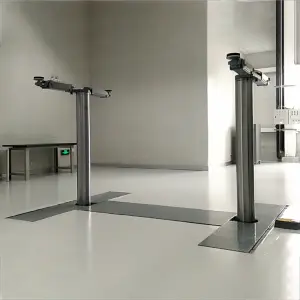
The Pros and Cons of Using an Inground Lift for Your Vehicle Maintenance

The Pros and Cons of Using an Inground Lift for Your Vehicle Maintenance
If you are a car enthusiast or a professional mechanic, having a reliable and efficient vehicle lift is crucial for performing maintenance and repairs. One popular option that many professionals choose is the inground lift. In this article, we will explore the benefits and drawbacks of using an inground lift, helping you make an informed decision for your specific needs.
An inground lift, as the name suggests, is installed directly beneath the floor in a garage or workshop. This type of lift offers various advantages that make it a preferred choice for many vehicle owners. Firstly, the inground lifts occupy minimal space, providing you with more room to maneuver around the vehicle. This makes it an excellent option for garages with limited space, where every inch is valuable. Additionally, the absence of columns or supports in the middle of the workspace offers unrestricted access to the underside of the vehicle, simplifying repairs and maintenance tasks.
One key benefit of an inground lift is its ability to lift heavy vehicles. Depending on the model, inground lifts can support loads ranging from 7,000 lbs to a staggering 30,000 lbs. This high weight capacity makes them suitable for commercial use, where heavy-duty trucks and buses are commonly serviced. Moreover, the inground lift provides a stable and secure platform, ensuring the safety of both the technician and the vehicle being lifted.
Another advantage of using an inground lift is its sleek design. Since the mechanism is hidden beneath the floor, it gives the workspace a clean and uncluttered appearance. This is particularly useful in garages that prioritize aesthetics, such as high-end auto shops or showroom floors. The absence of visible lifts enhances the overall visual appeal of the space, presenting a more professional and organized image to customers.
While an inground lift offers several benefits, it is important to consider some drawbacks before making a decision. First and foremost, the installation of an inground lift is a complex and time-consuming process. It requires excavation of the floor, ensuring proper placement and alignment, and extensive electrical and hydraulic work. This means that if you are planning to install an inground lift in an existing garage, it may result in significant downtime and disruption to your operations.
Maintenance is another aspect to weigh when considering an inground lift. Due to the underground location of the lift, access to certain components may be more challenging compared to above-ground lifts. This can potentially lead to higher maintenance costs and increased downtime during repairs or part replacements. It is crucial to have a reliable and experienced service provider who can address any issues promptly.
Lastly, while an inground lift’s sleek design offers aesthetic advantages, it may limit the flexibility for future workspace reconfiguration. If you plan to rearrange or modify your workshop layout, the presence of an inground lift may restrict your options and require additional renovation efforts.

The Pros and Cons of Using an Inground Lift for Your Vehicle Maintenance
In conclusion, using an inground lift for your vehicle maintenance has its fair share of advantages and disadvantages. Its space-saving design, high weight capacity, and clean aesthetics make it a popular choice for many professionals in the industry. However, the complex installation process, potential maintenance challenges, and limitations on workspace flexibility should also be considered. It is vital to evaluate your specific needs and consult with experts to determine if an inground lift is the right fit for your garage or workshop.Cylinder
